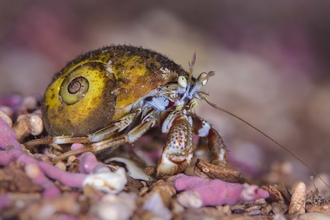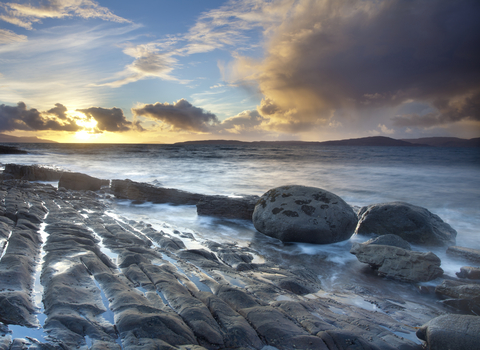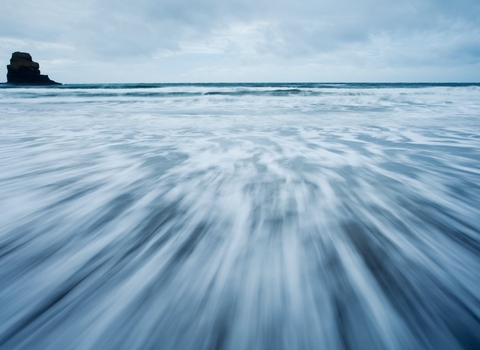
Acorn Barnacles ©Paul Naylor
Acorn barnacle
Barnacles are so common on our rocky shores that you've probably never really noticed them. They're the little grey bumps covering the rocks that hurt your feet when you're rockpooling. They're actually tiny little crustaceans and are related to crabs and lobsters!
Scientific name
Semibalanus balanoidesWhen to see
January to DecemberSpecies information
Category
Statistics
Length of shell: 2cm Average lifespan: up to 18 monthsConservation status
Common




